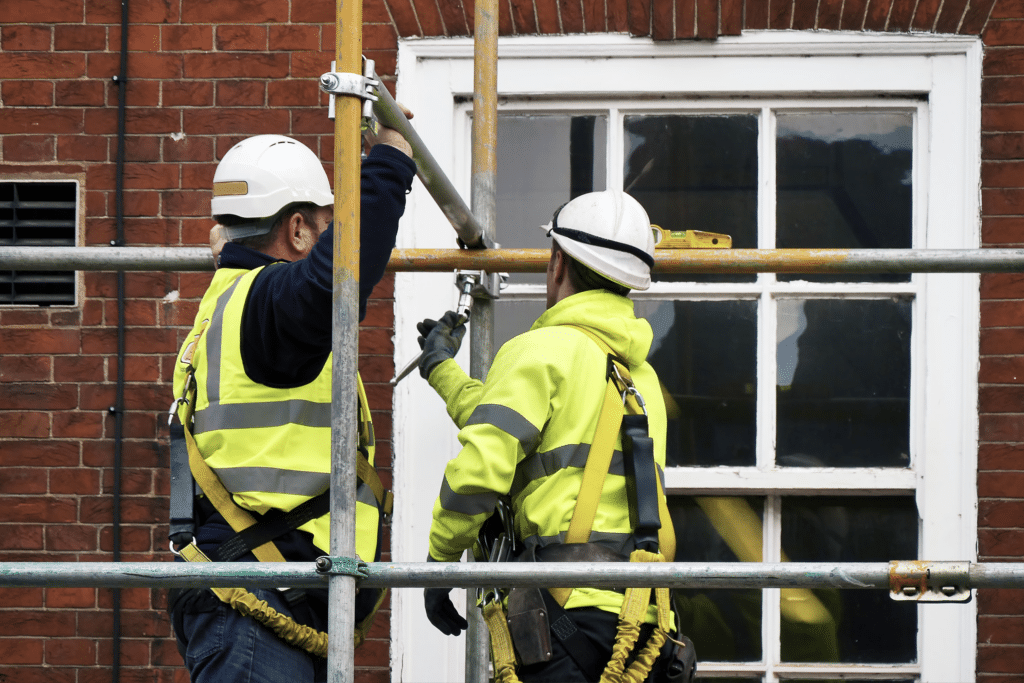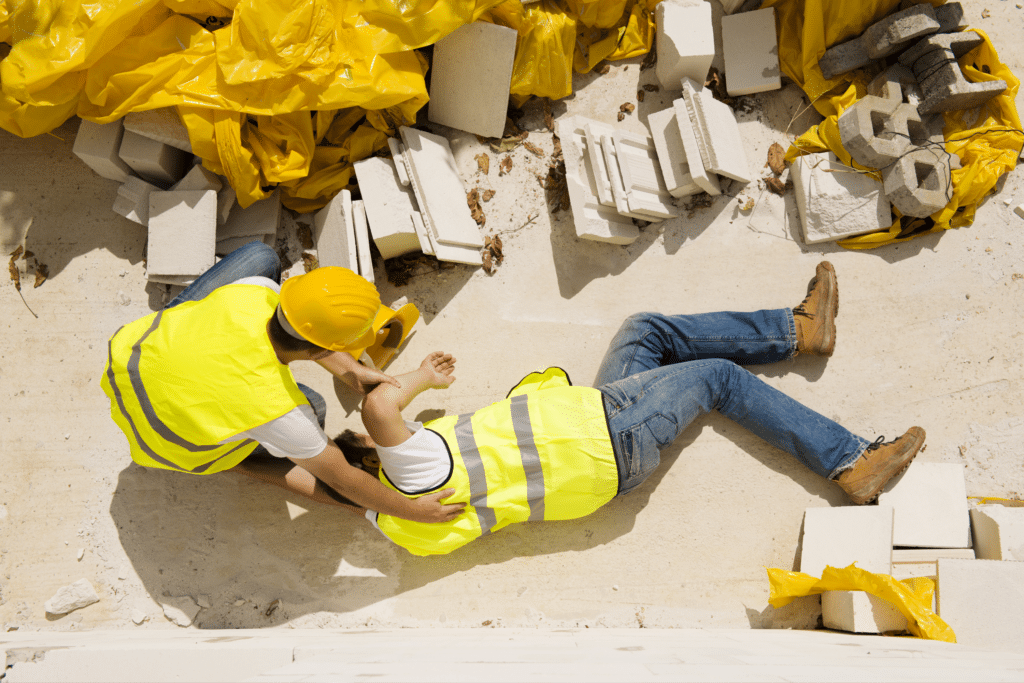
New York’s Scaffold Law, officially known as Labor Law Section 240, is one of the state’s most controversial and impactful pieces of legislation affecting the construction industry. The law, which dates back to 1885, was enacted to protect construction workers from the dangers associated with working at heights.
The Scaffold Law has far-reaching implications for construction companies, contractors, property owners and, most importantly, the workers it aims to protect. Here is an overview of the law, its impact on construction accidents, and broader implications that are important for you to know if you ever find yourself injured in a construction accident.
Overview of New York’s Scaffold Law
This law places absolute liability on property owners and contractors for height-related injuries sustained by workers on construction sites. It applies to a wide range of activities, including the erection, demolition, repairing, altering, painting, cleaning, or pointing of a building or structure.
If a worker falls from a height or is struck by a falling object due to inadequate safety measures, the property owner and contractor can be held fully liable for the worker’s injuries.
This liability is considered “absolute” because it does not allow for a worker’s contributory negligence to be considered as a defense. In other words, even if a worker’s own actions contributed to the accident, the owner or contractor is still fully liable for the damages.
The Intent Behind the Law
The primary goal of the Scaffold Law is to ensure that workers are provided with adequate protection when working at heights. Given the inherently dangerous nature of construction work, especially when it involves scaffolding, ladders, or other elevated platforms, the law seeks to hold employers and property owners accountable for maintaining a safe working environment.
At the time of its enactment, construction was a rapidly growing industry in New York, with skyscrapers and other tall structures transforming the skyline. The Scaffold Law was seen as necessary to protect workers who were facing serious risks on these high-rise projects, as the construction safety standards of the time were minimal.
Impact on Construction Accidents and Worker Safety in New York
This landmark law has undoubtedly played a role in improving safety standards on construction sites across New York. By holding property owners and contractors strictly liable for height-related accidents, the law creates a strong incentive for them to prioritize safety and invest in proper equipment and training.
Enhanced Safety Measures
To avoid the costly litigation associated with scaffold-related accidents, many construction companies and property owners have implemented rigorous safety protocols. This includes ensuring that scaffolding is properly erected and maintained, providing workers with appropriate fall protection equipment, and conducting regular safety inspections.
Increased Accountability
Accountability on construction sites is enforced – knowing that they could be held liable for any injuries, contractors and property owners are more likely to enforce safety rules and monitor compliance among their workers.

Legal Recourse for Injured Workers
For workers, the law provides a clear path to compensation if they are injured in a height-related accident. Given the serious nature of many scaffold-related injuries, which can include traumatic brain injuries, spinal cord injuries, and even fatalities, the ability to seek full compensation is crucial for workers and their families.
Despite these positive impacts, the Scaffold Law, which is the only law in our state to impose an absolute liability standard, has faced significant criticism and has been blamed for a number of negative consequences in the construction industry.
NY’s Scaffold Law: Criticisms and Controversies
There are strong opponents of the law who cite an extensive study by the Nelson A. Rockefeller Institute of Government examining the impact of the law. One of the most frequently cited criticisms is its impact on insurance costs.
Because of the absolute liability imposed by the law, insurance premiums for construction projects in New York are significantly higher than in other states. This has led to increased costs for construction projects, which can be particularly burdensome for small businesses and public projects funded by taxpayer dollars.
Critics also argue that the law can be abused by workers who might exaggerate or falsify claims to receive compensation. Given the strict liability nature of the law, even questionable claims can result in substantial payouts, further driving up costs for contractors and property owners.
The high costs associated with complying with the Scaffold Law have led many to argue that the money “wasted” could be used to create jobs and boost the economy. Some developers avoid projects in New York altogether, particularly affordable housing units in the city. This can stifle economic growth and limit the development of new housing and infrastructure.

There have been numerous calls to reform or repeal the Scaffold Law, with critics advocating for a comparative negligence standard, where a worker’s own negligence could be considered in determining liability. Supporters of the law, however, argue that such changes would weaken protections for workers and lead to more accidents.
As the debate over the law’s future continues, it is clear that any potential reforms will need to carefully balance the need for worker safety with the practical realities of the construction industry.









